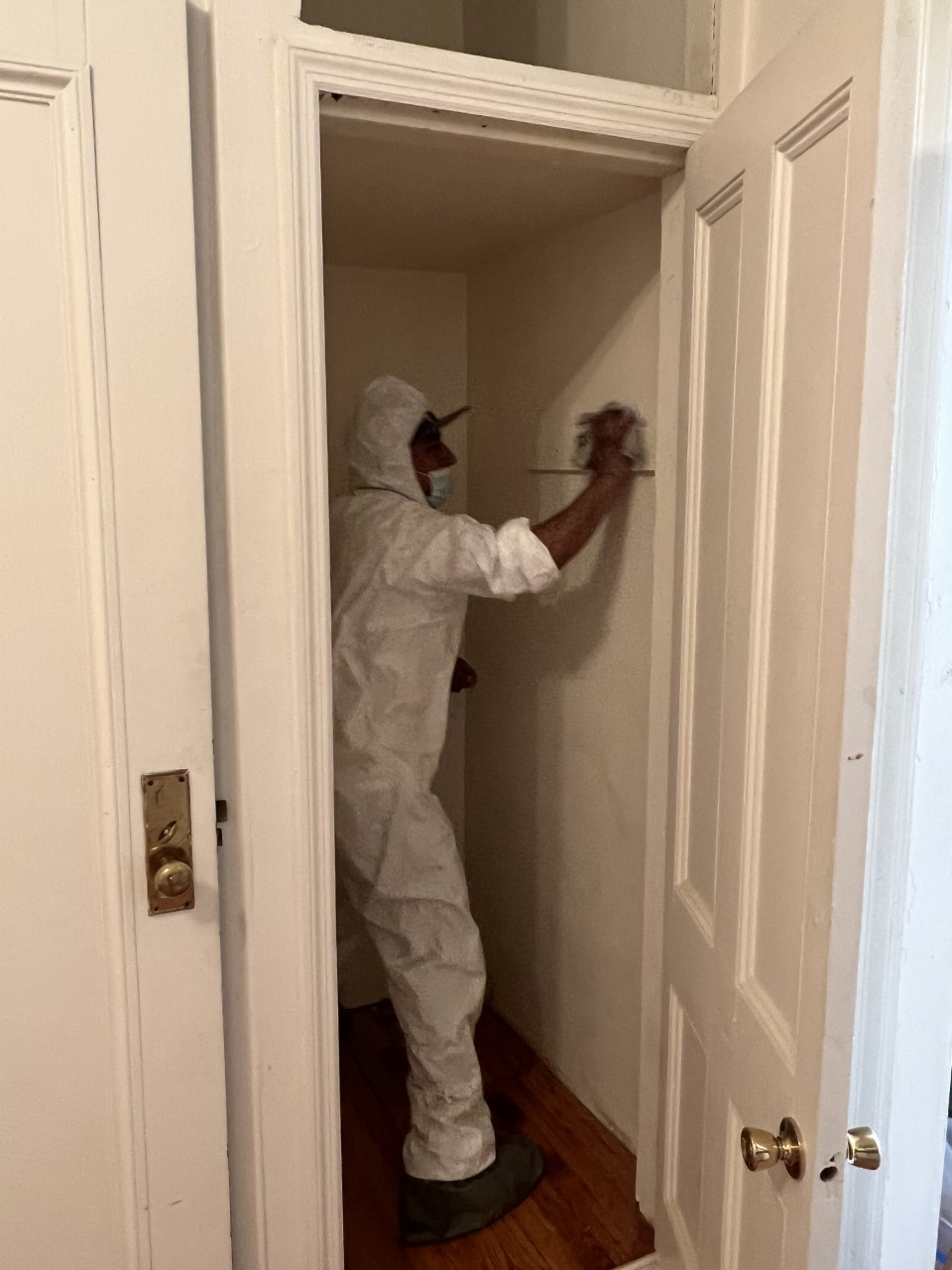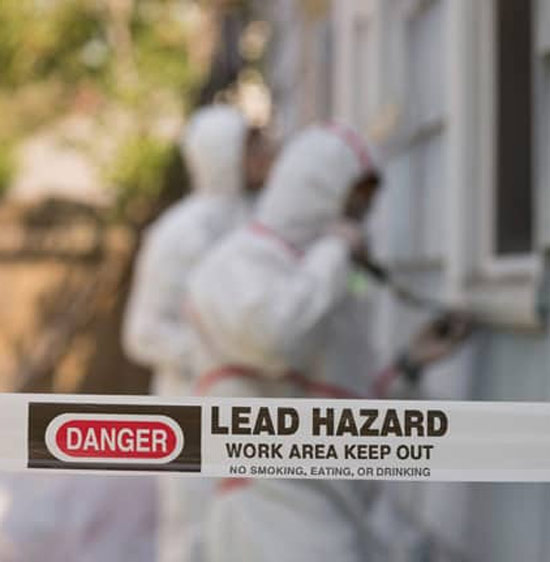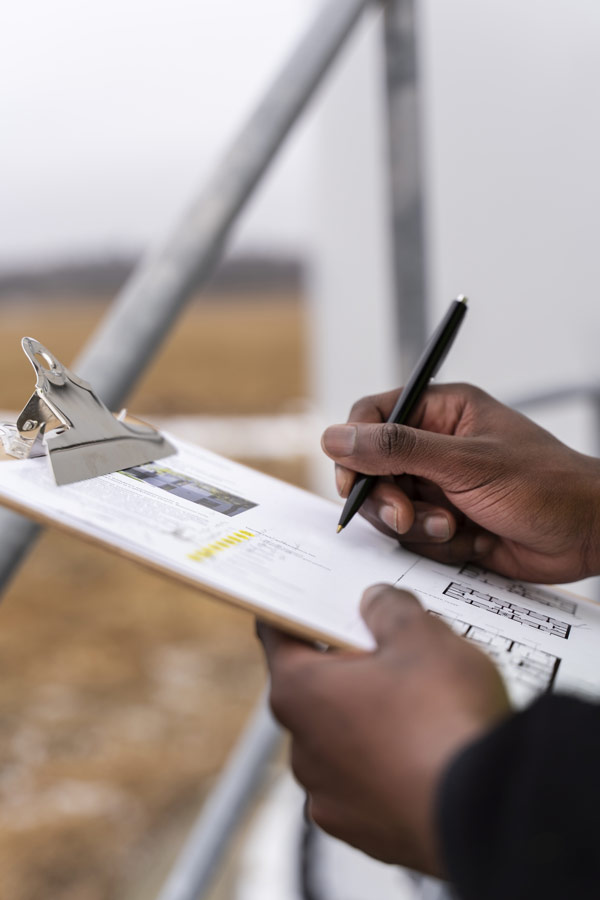Comprehensive Guide on Effective Lead Violation Removal Methods
In the world of ecological safety and security, dealing with lead infractions requires a careful and organized strategy. This comprehensive guide begins by highlighting the important first actions of recognizing lead threats via advanced assessment and screening methods. Techniques such as XRF evaluation and dirt wipe sampling are indispensable in pinpointing contamination sources. The guide clarifies on the significance of sticking to rigorous safety and security procedures throughout the elimination process, consisting of the usage of proper PPE and separating influenced locations. The succeeding areas assure to review post-removal confirmation and preventive techniques, ensuring long-lasting safety and security and conformity. Discover the complex details that make these methods not simply effective but essential.
Determining Lead Risks
Identifying lead risks is an important very first step in alleviating the dangers connected with lead direct exposure. Lead, a hazardous steel, can be present in different ecological tools, consisting of paint, soil, water, and dirt. It poses extreme wellness risks, specifically to children and pregnant women, leading to neurological damages and developing delays. Precise recognition of potential lead sources is essential for effective removal.
The first stage in determining lead threats entails comprehending typical lead sources within the developed setting. Frameworks built prior to 1978 are especially susceptible as a result of the prevalent use lead-based paint throughout that duration. Additionally, soil contamination can happen from deteriorating outside paint, commercial discharges, or historical use of leaded fuel.
An additional significant resource is lead piping and pipes fixtures, which can leach introduce alcohol consumption water. Consumer items such as toys, ceramics, and imported products might additionally have harmful lead levels. Notably, work-related settings and leisure activities entailing lead can track contaminants into homes.
Analysis and Testing
When dealing with lead hazards, reliable evaluation and testing are paramount. Initial evaluation normally involves a visual assessment to recognize potential lead resources, such as wearing away paint or polluted dust.

Dirt wipe sampling is another critical strategy, particularly in residential settings. By accumulating examples from floorings, windowsills, and other surface areas, this technique offers understandings right into prospective direct exposure risks. Soil screening around building boundaries is crucial to find lead contamination that might pose risks, especially to youngsters.
Safe Removal Treatments
Upon finishing comprehensive evaluation and screening, executing risk-free elimination treatments is the following vital stage in resolving lead dangers. This procedure makes certain that lead-contaminated products are successfully and securely removed, decreasing risk to both workers and residents. The initial step entails isolating the afflicted area utilizing plastic sheet and appropriate sealing methods to avoid the spread of lead dust.
Employees must put on proper personal protective equipment (PPE), consisting of respirators, handwear covers, and disposable coveralls, to reduce direct exposure. Using specialized devices and wet methods, such as wet fining sand or using HEPA-filtered vacuum cleaners, lowers the diffusion of lead fragments. It is important to avoid completely dry sanding or abrasive blasting, as these methods can create hazardous lead dust.
Waste disposal is an additional crucial component; all polluted materials need to be securely gotten and classified according to EPA and regional regulations. Furthermore, comprehensive cleansing of the work location with HEPA vacuum cleaners and wet cleaning ensures the elimination of residual lead bits.
Post-Removal Confirmation

Verification of effective lead elimination, recognized as post-removal confirmation, is imperative to ensure the safety Resources and habitability of the remediated area. This evaluation makes certain that all recognized resources of lead have been attended to and that no visible indications of contamination stay.
Complying with the visual evaluation, environmental sampling is conducted. This involves accumulating dirt, dirt, and often water samples from the remediated area. Accredited laboratories assess these examples to determine lead levels, ensuring they drop listed below the safety thresholds developed by regulative bodies such as the look at more info Epa (EPA)
In addition, air top quality screening may be performed to detect air-borne lead bits, especially in instances where considerable lead-based paint removal or renovation has actually happened. The results of these examinations supply quantitative information verifying that the lead levels are within allowable limitations.
Inevitably, post-removal confirmation serves as a crucial checkpoint, confirming the efficiency of the lead reduction efforts and safeguarding the health and wellness of residents and site visitors.
Safety Nets and Upkeep

An essential safety net consists of making use of lead-safe licensed professionals for any kind of renovation, repair service, or paint activities. These specialists are trained in methods that minimize lead dust and particles. In addition, preserving coloured surface areas to avoid breaking or peeling off is vital, as wearing away paint can release lead bits right into the setting.
Educational initiatives targeting homeowner and renters relating to the threats of lead and the importance of reporting any type of possible hazards can even more improve preventative initiatives. Routine cleaning using HEPA vacuums and wet wiping strategies can significantly reduce lead dust build-up.
Final Thought
In recap, reliable lead offense elimination demands a meticulous method including extensive evaluation, exact screening, and rigorous elimination treatments. Making sure safety and security via correct seclusion and individual protective devices stays critical. Post-removal confirmation through ecological sampling and air top quality screening validates conformity with well-known security requirements. Continuous assessments and upkeep are vital to mitigate future lead threats, thereby protecting public wellness and making certain continual compliance with regulative demands.
Comments on “Dependable DOH & HPD Lead Violation Removal in NYC-- Secure Your Property”